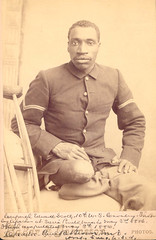
CP1855. The caption is: "Amputation of left thigh. [Image is reversed.] CPL Edward Scott, 10th U.S. Calvary. Injured May 3, 1886 at the Battle of Sierra Pinita, Mexico and treated by Dr. Paul R. Brown. Baker & Johnson Photos studio. "
An unofficial blog about the National Museum of Health and Medicine (nee the Army Medical Museum) in Silver Spring, MD. Visit for news about the museum, new projects, musing on the history of medicine and neat pictures.



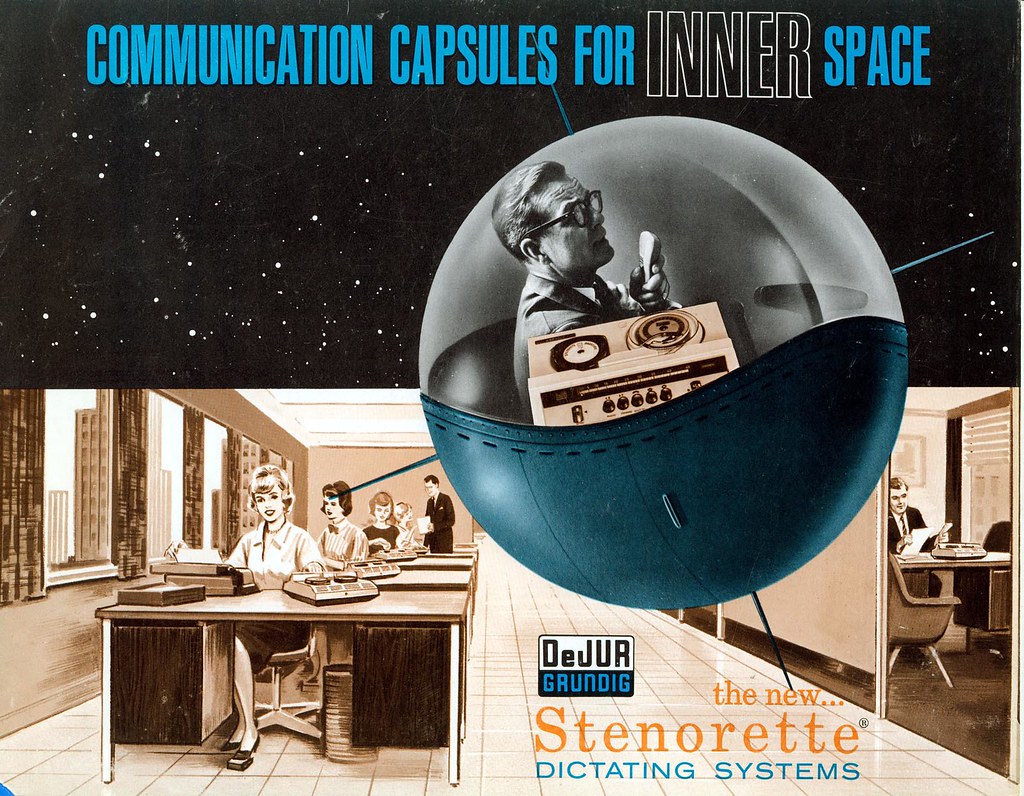 duJur-Amsco's' "Communication Capsules for Inner Space - the new... Stenorette dictating systems" cover. Circa 1961. Accession #2002.0042.
duJur-Amsco's' "Communication Capsules for Inner Space - the new... Stenorette dictating systems" cover. Circa 1961. Accession #2002.0042.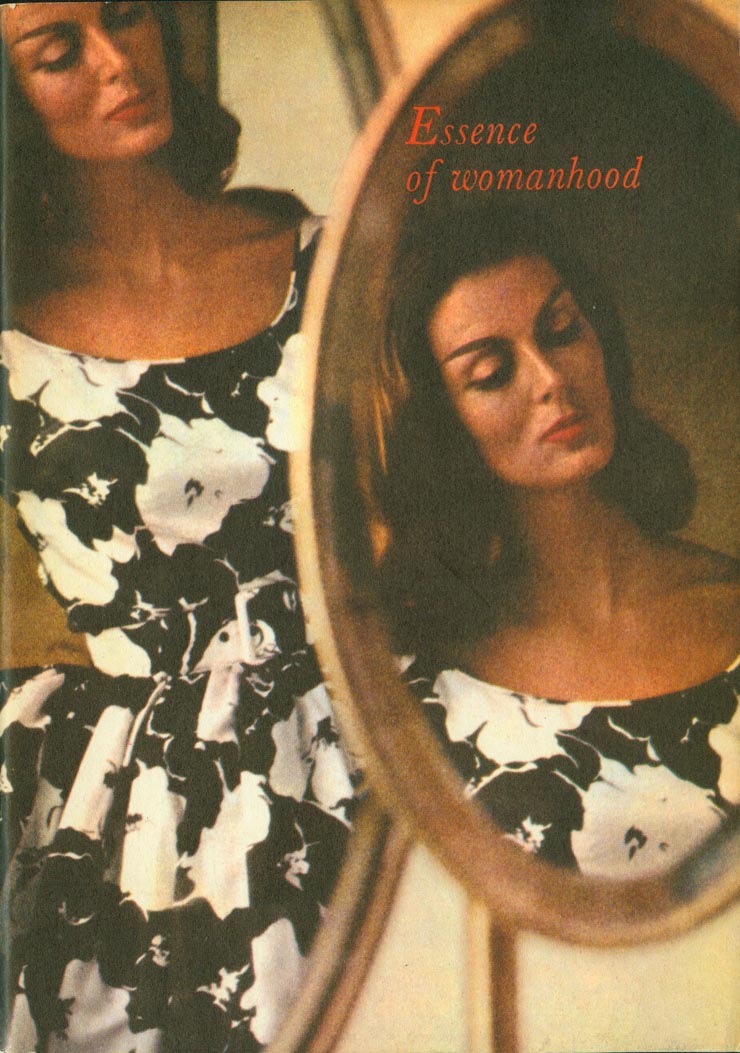 "Essence of Womanhood" Published by Personal Products Corporation, Milltown, New Jersey. Makers of MODESS TAMPONS. Circa 1960. Accession #2002.0042.
"Essence of Womanhood" Published by Personal Products Corporation, Milltown, New Jersey. Makers of MODESS TAMPONS. Circa 1960. Accession #2002.0042.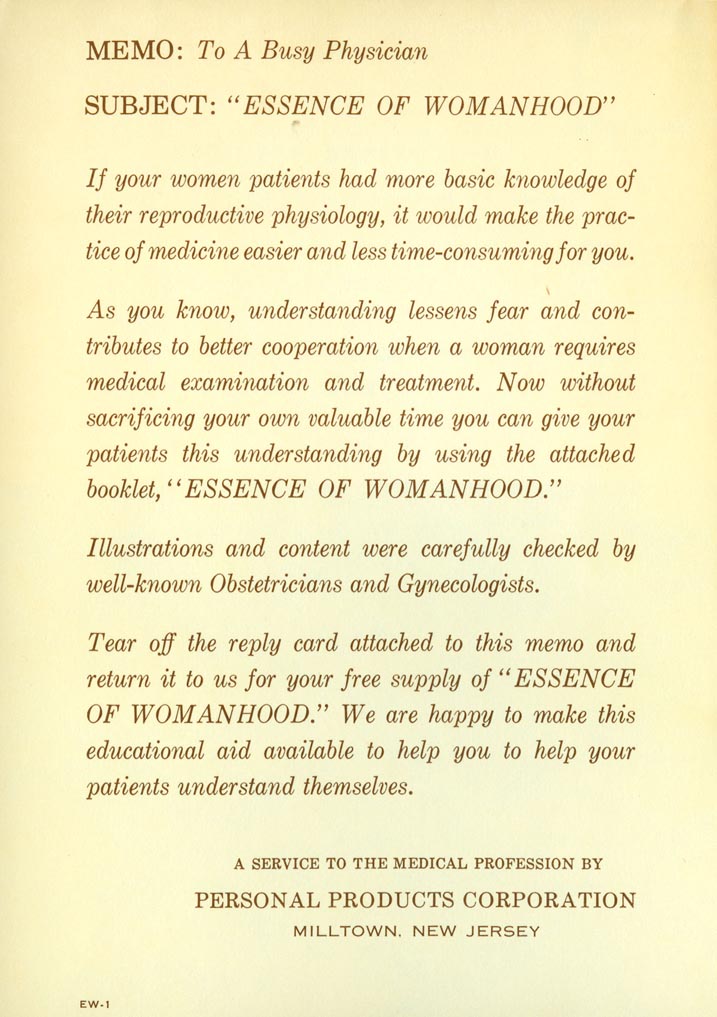 "Essence of Womanhood" doctor's ordering form. Published by Personal Products Corporation, Milltown, New Jersey. Makers of MODESS TAMPONS. Circa 1960. Accession #2002.0042.
"Essence of Womanhood" doctor's ordering form. Published by Personal Products Corporation, Milltown, New Jersey. Makers of MODESS TAMPONS. Circa 1960. Accession #2002.0042. "Lady, your anxiety is showing (over a coexisting depression)" folder cover for "The Nervous System anatomical illustrations" published by Merck, Sharp and Dohme, West Point, PA. Circa. 1969. Advertises Triavil "a broad-spectrum psychotheraputic agent for the management of outpatients and hospitalized patients with psychoses or neurosis characterized by mixtures of anxiety or agitation with symptoms of depression..." Accession #2002.0042.
"Lady, your anxiety is showing (over a coexisting depression)" folder cover for "The Nervous System anatomical illustrations" published by Merck, Sharp and Dohme, West Point, PA. Circa. 1969. Advertises Triavil "a broad-spectrum psychotheraputic agent for the management of outpatients and hospitalized patients with psychoses or neurosis characterized by mixtures of anxiety or agitation with symptoms of depression..." Accession #2002.0042.
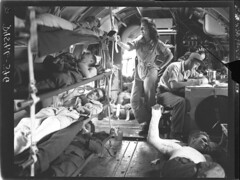
 Once upon a time, when one used horses in battle, one had to protect them as well. Germany's use of poison gas in World War 1 meant that one had to have a gas mask for one's horse too. This is Reeve 17408 and can be downloaded full-size from our third Flickr site.
Once upon a time, when one used horses in battle, one had to protect them as well. Germany's use of poison gas in World War 1 meant that one had to have a gas mask for one's horse too. This is Reeve 17408 and can be downloaded full-size from our third Flickr site.